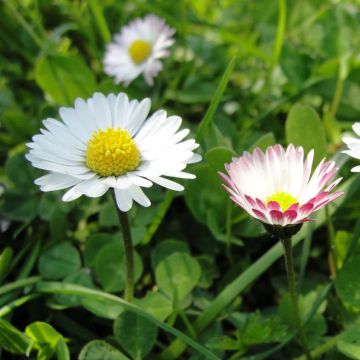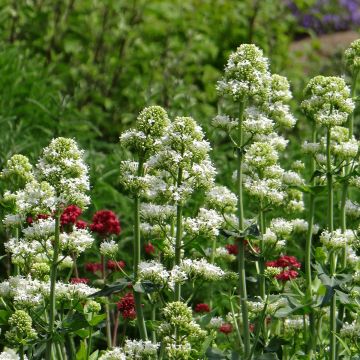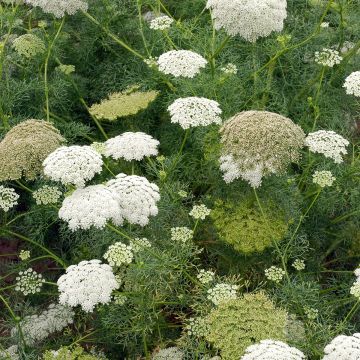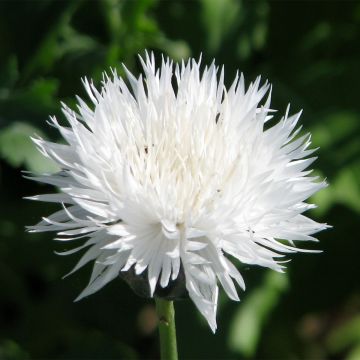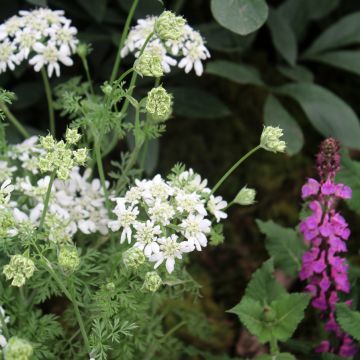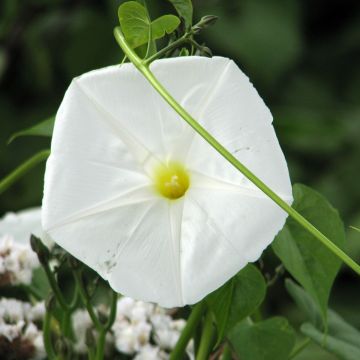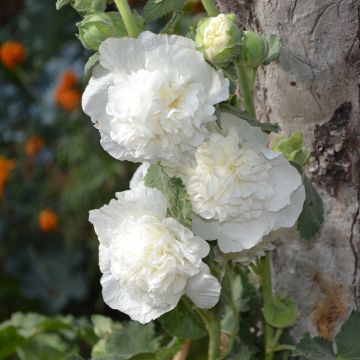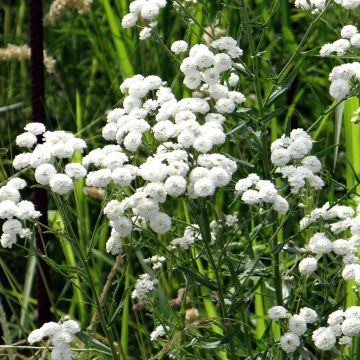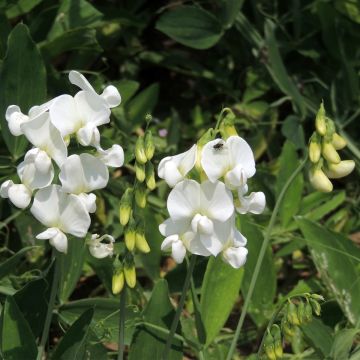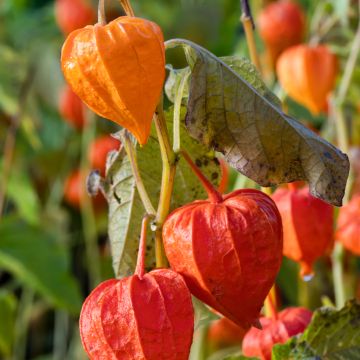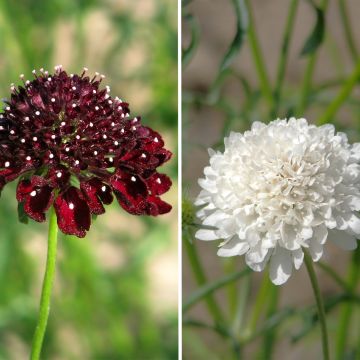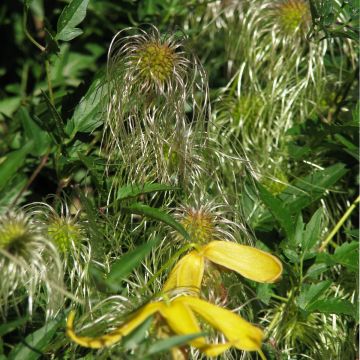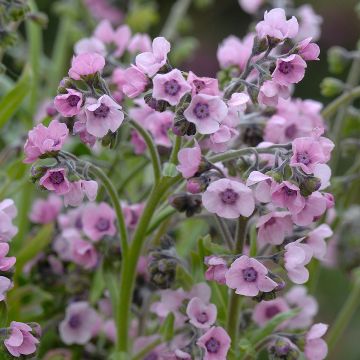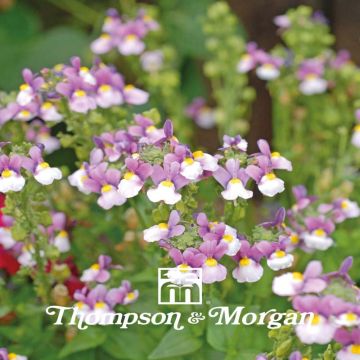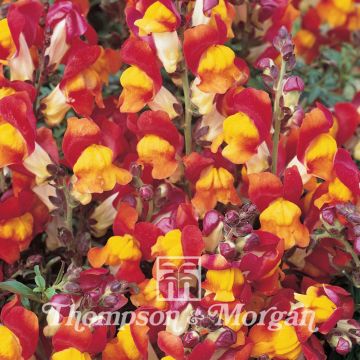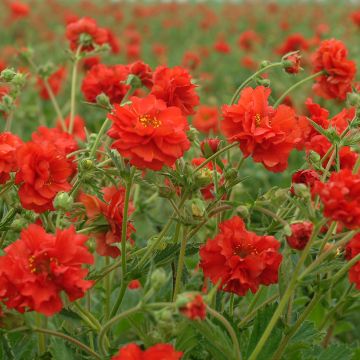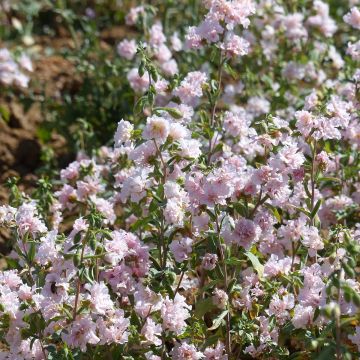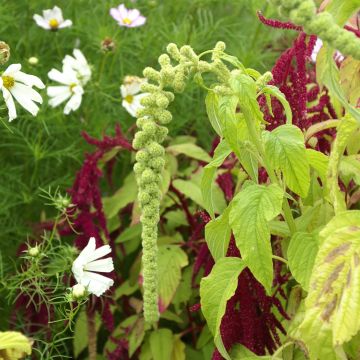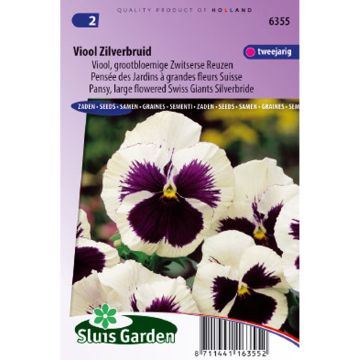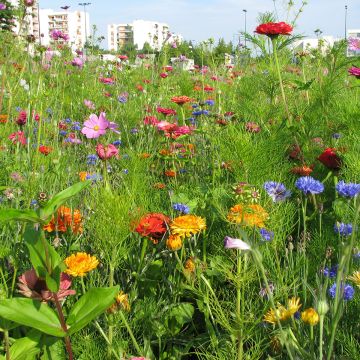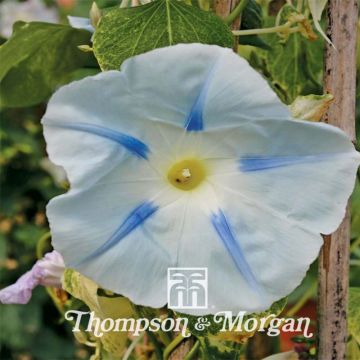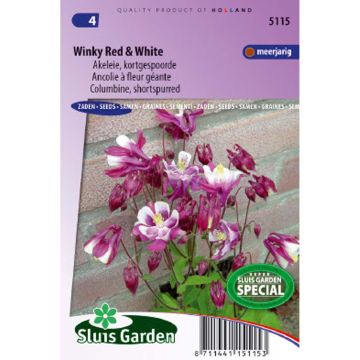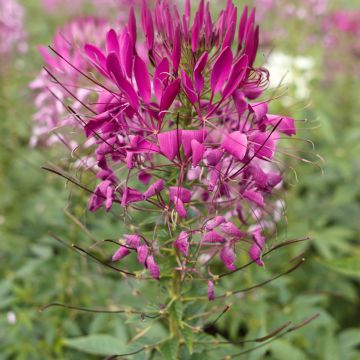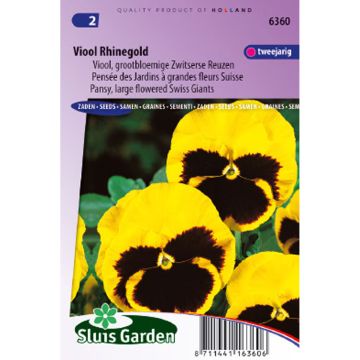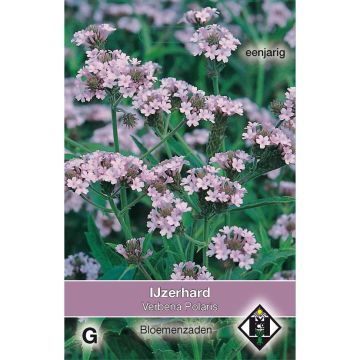Shipping country and language
Your country of residence may be:
Your country of residence is:
For a better user experience on our website, you can select:
Your shipping country:
Andorra
Austria
Belgium
Bulgaria
Canada
Chile
Croatia
Cyprus
Czechia
Denmark
Estonia
Finland
France
Germany
Greece
Hungary
Iceland
Ireland
Italy
Latvia
Lithuania
Luxembourg
Malta
Monaco
Netherlands
Poland
Portugal
Romania
Slovakia
Slovenia
Spain
Sweden
Switzerland
United Kingdom
We only deliver seed and bulb products to your country. If you add other products to your basket, they cannot be shipped.
Language:
French
German
Spanish
English
My Account
Hello
My wish lists
Plantfit
Log in / Register
Existing customer?
New customer?
Create an account to track your orders, access our customer service and, if you wish, make the most of our upcoming offers.
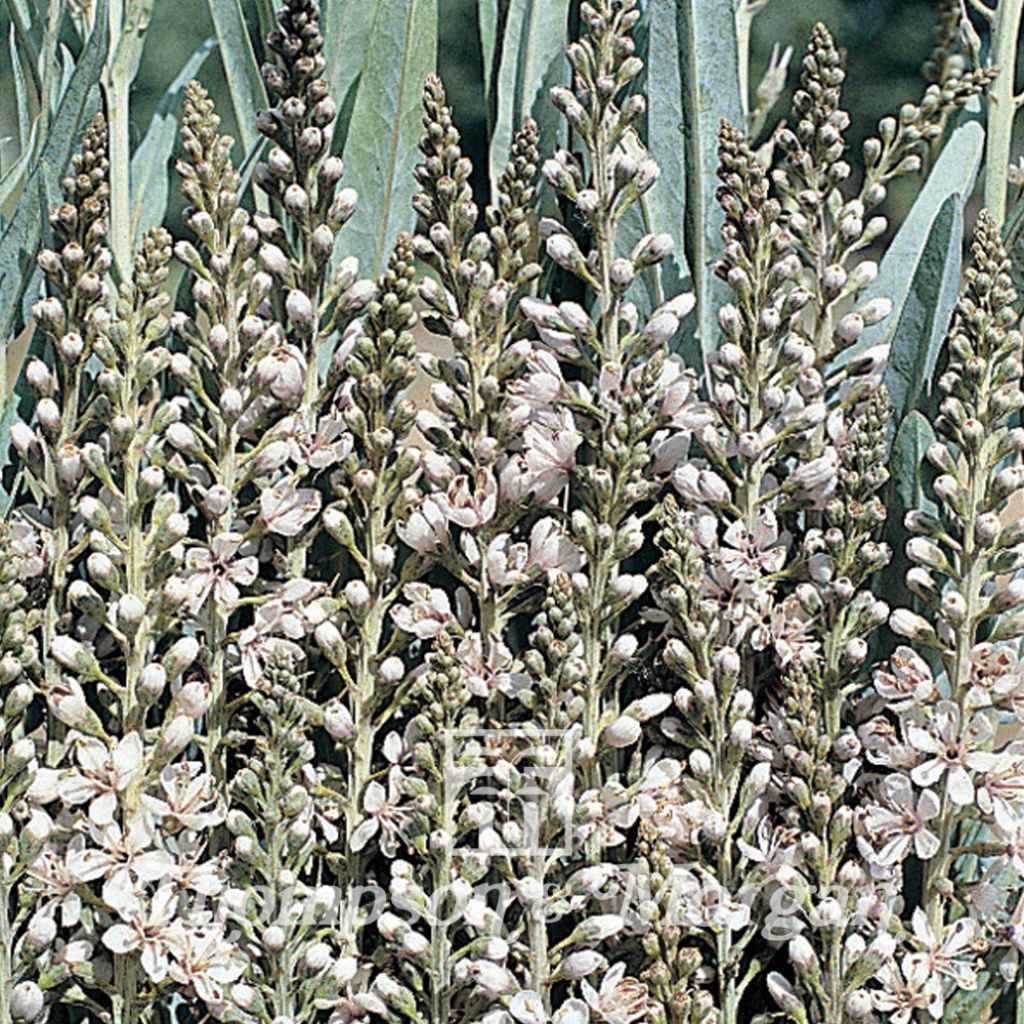

Lysimachia Ephemerum
Lysimachia ephemerum - Willow-leaved yellow loosestrife
Lysimachia ephemerum
Willow-leaved yellow loosestrife, Willow-leaved loosestrife
Why not try an alternative variety in stock?
View all →Order in the next for dispatch today!
Dispatch by letter from €3.90.
Delivery charge from €5.90 Oversize package delivery charge from €6.90.
More information
This item is not available in your country.
Schedule delivery date,
and select date in basket
This plant carries a 6 months recovery warranty
More information
We guarantee the quality of our plants for a full growing cycle, and will replace at our expense any plant that fails to recover under normal climatic and planting conditions.
Seed-only orders are dispatched by sealed envelope. The delivery charge for seed-only orders is €3.90.
Does this plant fit my garden?
Set up your Plantfit profile →
Description
Lysimachia ephemerum, also known as willow-leaved loosestrife, is a tall and elegant perennial, and undoubtedly one of the most ornamental in the genus. It is clothed in silver and composed of stems covered with lanceolate leaves similar to willows. Its large floral spikes appear in summer, densely filled with small star-shaped white flowers with mauve veins. This robust plant thrives on the edge of water, especially on limestone soil. Its flowers can be cut to create beautiful bouquets.
Native to southwestern Europe, mainly Spain, Portugal, and France, this loosestrife prefers the vicinity of springs and colonises the limestone rocks and seeping areas of the Corbières, Dordogne, and the eastern and central Pyrenees. It belongs to the primrose family. From a thick and fibrous crown, it forms a bunch of sturdy, hollow, silver stems covered with narrow, elongated, beautiful almond-green leaves with silver highlights. The floral spikes reach a height of 1m (3ft) in July-August, at the top of the stems. They sometimes measure 30cm (12in) long and are composed of numerous small, white, star-shaped flowers, occasionally slightly tinged with violet, with mauve veins, and a diameter of 1cm (0in).
Willow-leaved loosestrife can be grown in flower beds and containers. It is perfect on the edge of water features or in damp rockeries, alongside cowslips, willowherbs, and vernonias. This plant is useful for its discreet yet effective presence in flower beds, where its upright habit and glaucous foliage highlight heavier plants or more vibrant blooms. It can sometimes become invasive if the conditions are suitable, self-seeding spontaneously in fertile, well-drained, and moist soil.
Flowering
Foliage
Plant habit
Botanical data
Lysimachia
ephemerum
Primulaceae
Willow-leaved yellow loosestrife, Willow-leaved loosestrife
Mediterranean
Other Thompson and Morgan seeds
Planting and care
Sowing:
Sow from February to July on the surface of a good compost. Make sure the compost is moist but not waterlogged and enclose the tray or pot in a polythene bag until germination, which usually takes 30 to 90 days at 13-18°C.
If germination hasn't occurred after 30 days, place the pot or tray in the refrigerator, still in its polythene bag, and leave it at 3-5°C for 2-3 weeks, then bring it back to room temperature (13-18°C). Regularly monitor the progress while in the refrigerator and remove it immediately if you notice any signs of germination.
Transplant the young plants when they are large enough to handle into 8 cm (3in) diameter pots. Then place them outdoors, spacing them 30cm (12in) apart. Choose a sunny or partially shaded location and a fairly rich, loose, moist to wet soil with a tendency towards limestone.
Sowing period
Intended location
This item has not been reviewed yet - be the first to leave a review about it.
Flower seeds
Haven't found what you were looking for?
Hardiness is the lowest winter temperature a plant can endure without suffering serious damage or even dying. However, hardiness is affected by location (a sheltered area, such as a patio), protection (winter cover) and soil type (hardiness is improved by well-drained soil).

Photo Sharing Terms & Conditions
In order to encourage gardeners to interact and share their experiences, Promesse de fleurs offers various media enabling content to be uploaded onto its Site - in particular via the ‘Photo sharing’ module.
The User agrees to refrain from:
- Posting any content that is illegal, prejudicial, insulting, racist, inciteful to hatred, revisionist, contrary to public decency, that infringes on privacy or on the privacy rights of third parties, in particular the publicity rights of persons and goods, intellectual property rights, or the right to privacy.
- Submitting content on behalf of a third party;
- Impersonate the identity of a third party and/or publish any personal information about a third party;
In general, the User undertakes to refrain from any unethical behaviour.
All Content (in particular text, comments, files, images, photos, videos, creative works, etc.), which may be subject to property or intellectual property rights, image or other private rights, shall remain the property of the User, subject to the limited rights granted by the terms of the licence granted by Promesse de fleurs as stated below. Users are at liberty to publish or not to publish such Content on the Site, notably via the ‘Photo Sharing’ facility, and accept that this Content shall be made public and freely accessible, notably on the Internet.
Users further acknowledge, undertake to have ,and guarantee that they hold all necessary rights and permissions to publish such material on the Site, in particular with regard to the legislation in force pertaining to any privacy, property, intellectual property, image, or contractual rights, or rights of any other nature. By publishing such Content on the Site, Users acknowledge accepting full liability as publishers of the Content within the meaning of the law, and grant Promesse de fleurs, free of charge, an inclusive, worldwide licence for the said Content for the entire duration of its publication, including all reproduction, representation, up/downloading, displaying, performing, transmission, and storage rights.
Users also grant permission for their name to be linked to the Content and accept that this link may not always be made available.
By engaging in posting material, Users consent to their Content becoming automatically accessible on the Internet, in particular on other sites and/or blogs and/or web pages of the Promesse de fleurs site, including in particular social pages and the Promesse de fleurs catalogue.
Users may secure the removal of entrusted content free of charge by issuing a simple request via our contact form.
The flowering period indicated on our website applies to countries and regions located in USDA zone 8 (France, the United Kingdom, Ireland, the Netherlands, etc.)
It will vary according to where you live:
- In zones 9 to 10 (Italy, Spain, Greece, etc.), flowering will occur about 2 to 4 weeks earlier.
- In zones 6 to 7 (Germany, Poland, Slovenia, and lower mountainous regions), flowering will be delayed by 2 to 3 weeks.
- In zone 5 (Central Europe, Scandinavia), blooming will be delayed by 3 to 5 weeks.
In temperate climates, pruning of spring-flowering shrubs (forsythia, spireas, etc.) should be done just after flowering.
Pruning of summer-flowering shrubs (Indian Lilac, Perovskia, etc.) can be done in winter or spring.
In cold regions as well as with frost-sensitive plants, avoid pruning too early when severe frosts may still occur.
The planting period indicated on our website applies to countries and regions located in USDA zone 8 (France, United Kingdom, Ireland, Netherlands).
It will vary according to where you live:
- In Mediterranean zones (Marseille, Madrid, Milan, etc.), autumn and winter are the best planting periods.
- In continental zones (Strasbourg, Munich, Vienna, etc.), delay planting by 2 to 3 weeks in spring and bring it forward by 2 to 4 weeks in autumn.
- In mountainous regions (the Alps, Pyrenees, Carpathians, etc.), it is best to plant in late spring (May-June) or late summer (August-September).
The harvesting period indicated on our website applies to countries and regions in USDA zone 8 (France, England, Ireland, the Netherlands).
In colder areas (Scandinavia, Poland, Austria...) fruit and vegetable harvests are likely to be delayed by 3-4 weeks.
In warmer areas (Italy, Spain, Greece, etc.), harvesting will probably take place earlier, depending on weather conditions.
The sowing periods indicated on our website apply to countries and regions within USDA Zone 8 (France, UK, Ireland, Netherlands).
In colder areas (Scandinavia, Poland, Austria...), delay any outdoor sowing by 3-4 weeks, or sow under glass.
In warmer climes (Italy, Spain, Greece, etc.), bring outdoor sowing forward by a few weeks.
